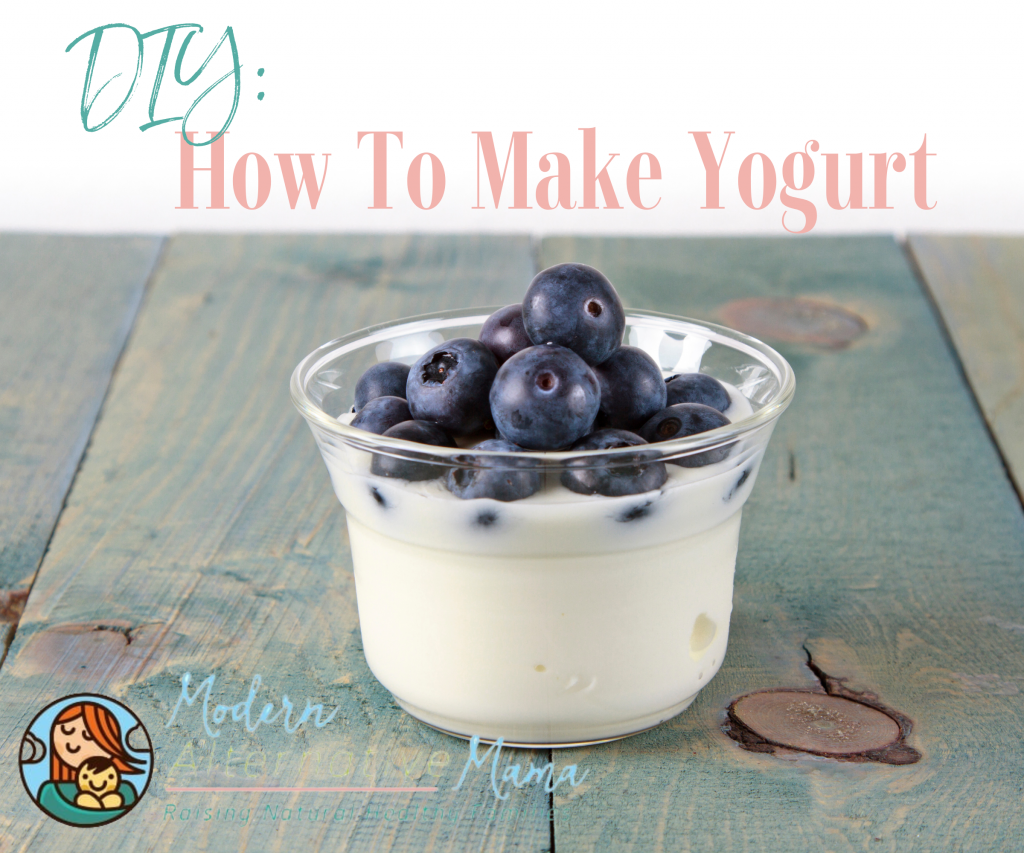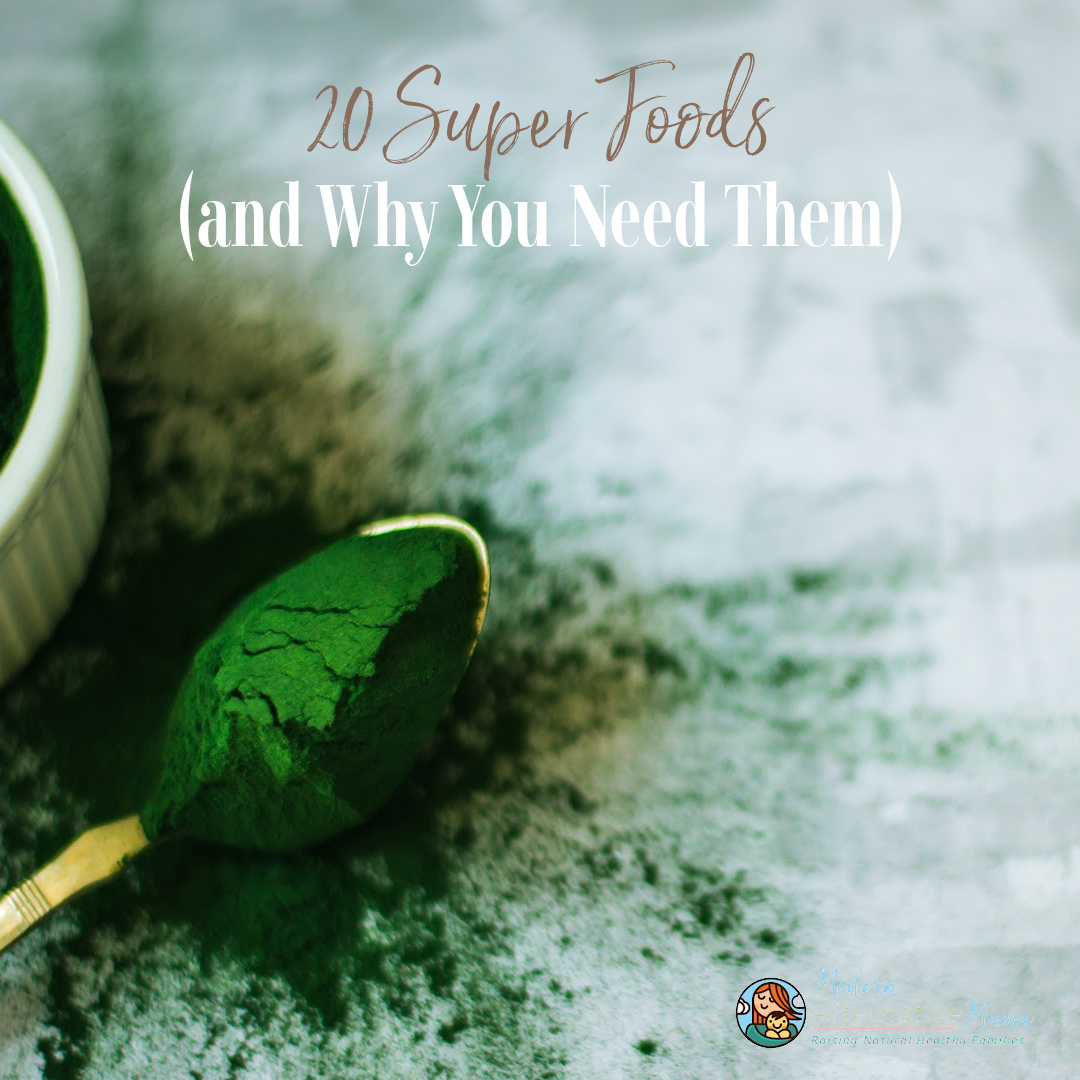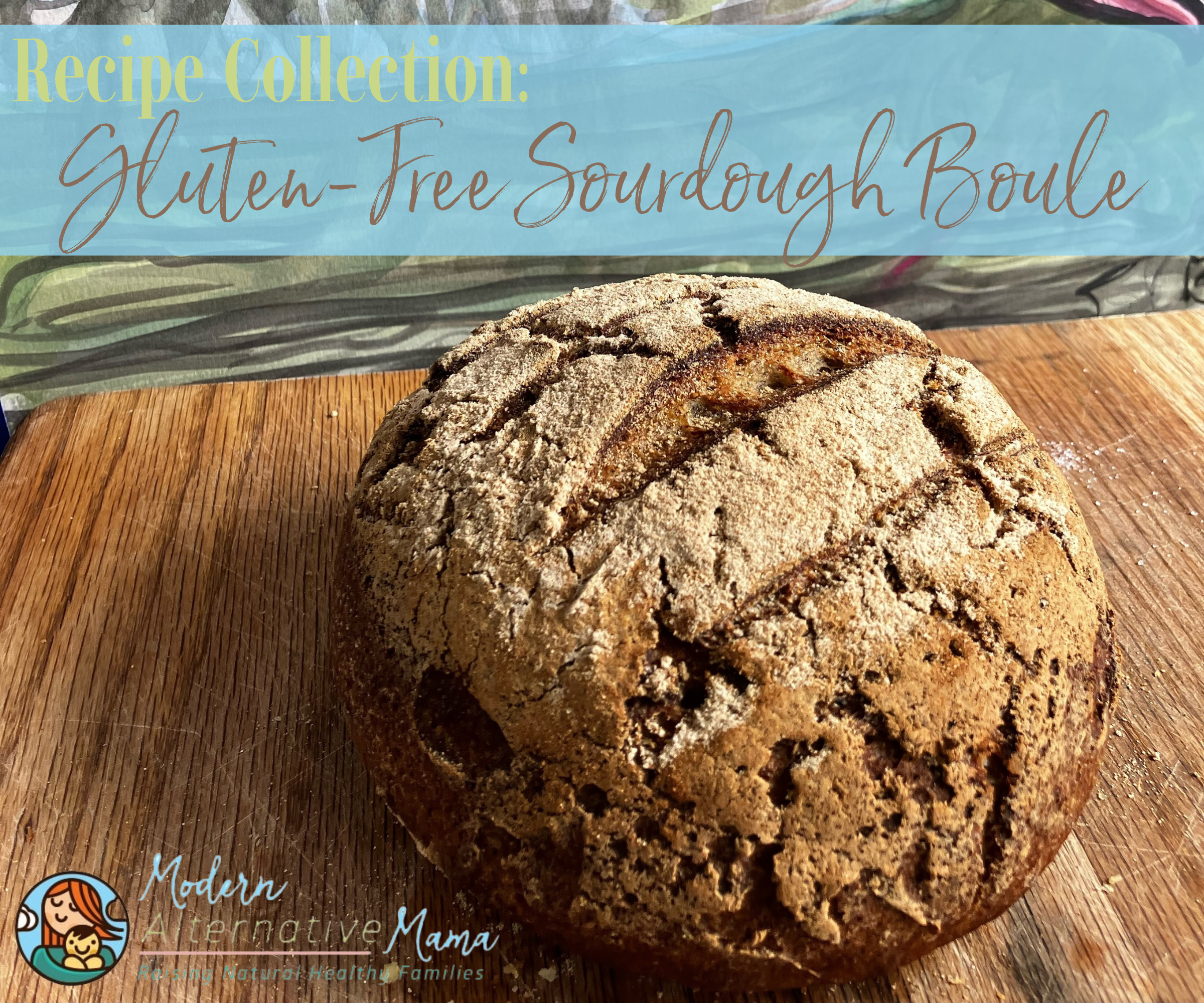Written by Kate Tietje
Eating yogurt has never been my favorite thing, to be honest, but I’ve been trying to get more fermented foods into our diet. And I discovered it was actually quite enjoyable when I mixed it into my smoothies in the morning, and I felt so good! But, back in 2010, I was paying $3 a quart for organic yogurt (which, granted, is relatively cheap compared to the $5/quart many pay, or even more for small cups). I only pay $5 for a gallon of raw milk; surely yogurt couldn’t be too hard to make for a fraction of the cost?
My early attempts, however, were…bad. Runny, lumpy, separated, strange. Strong, nearly inedible in certain cases. Some did okay with mixed with smoothies anyway, but very few batches could just be eaten plain if one were so inclined (my son loves it). What to do?
My early experiments involved following various directions I got online. I had some YoGourmet starter culture I’d bought. I tried to heat the milk to exactly 180 degrees, let it cool, and culture it at 110 – 115 for 8 hours… FAIL. I gave up for a while.
After taking a break from yogurt-making for a few years, I decided to try again. The first batch was ruined; it got too hot and curdled. Seriously inedible. The second batch, though, was perfect. And I’ve been able to replicate that second batch several times now, so I think I’ve figured it out!
I make yogurt the same way I do everything (baking, cooking, and many other things): by feel. I don’t measure (much) or check the temperature. That might make it harder for some of you, but hopefully, it will make it easier for many of you.
How to Make Yogurt
Ingredients:
- 4 cups milk
- 2 tbsp. previously cultured yogurt (buy from the store for your first time)
- Quart-sized mason jar
Directions:
Step 1: In a large pot, heat your milk on the stove over LOW heat until it is lightly steaming and starts forming a skin (you may need to stir it when the skin forms to ensure it’s steaming underneath).
Step 2: Turn off the heat, set it aside, and let it cool until you can easily touch it.
Step 3: Add your yogurt to your mason jar FIRST. You could use a store-bought culture, but in my experience, I always ended up with lumpy yogurt that way. This way is much easier. I bought Trader Joe’s Organic European-style yogurt to start mine, and now I just use mine as a starter.
Step 4: Pour your cooled milk on top of your yogurt starter. When the jar is full, put a lid on it and shake it thoroughly. Flip it over and ensure you don’t see streaks of yogurt on the bottom, or you’ll end up with lumps on the bottom and runny yogurt on top (I think this mixes it better than stirring).
Step 5: Now that you have a jar of milk mixed with culture, put it into your dehydrator with the trays removed. If you don’t have a dehydrator, put it somewhere that your yogurt will stay at a constant 105 – 108ºF. You can fill a cooler with hot water (about 115ºF), 4 – 6″ deep. Place your yogurt container and wrap towels around the outside of the cooler.
Step 6: Turn your dehydrator (if using) to 105 degrees and leave the yogurt alone for 4 hours. Don’t check it, don’t disturb it, don’t do anything to it.
Step 7: When the time is up, pull it out of the dehydrator (or cooler) and put the cap on it. Now, place the jar into your fridge. Do NOT shake, stir, or otherwise disturb the yogurt!! Doing so will result in the whey separating from the yogurt solids! Allow the yogurt to sit in the fridge, undisturbed, for at least 8 hours (until completely cool). Even if the jar feels cold, the yogurt in the center might still be warm. Don’t stir it yet. Wait. (It wouldn’t be ruined if you did; it just wouldn’t be as good.)
Step 8: Once the yogurt is completely chilled, stir and eat! See how nice and thick it is? Creamy, with no weird lumps. 🙂
If you want your yogurt even thicker, place some cheesecloth in a colander, set it over a bowl, and allow the yogurt to drain for a few hours. Completely drained will be cream cheese. Partially drained will be like Greek yogurt (yes, this is how they do it in store-bought versions, too). Keep the whey so you can use it for soaking baked goods later!
This recipe is REALLY forgiving since there are few exact temperatures. But there are a few things you MUST do:
- Make SURE your milk is steaming, but NOT boiling. Boiling will cause it to curdle; not heating it to steaming will make it runny (if using raw milk, the natural bacteria in the raw milk will compete with the bacteria in the yogurt culture)
- Make sure your milk is cooled before adding it to the culture. If it’s too hot, it will kill the culture, and you won’t get yogurt results.
- Ensure your temperature is as close to 105ºF as possible. Too hot, and the yogurt will curdle; too cool, and it won’t culture (will be runny). A yogurt maker helps if you want to invest in one.
- Make sure you do NOT stir your yogurt until COMPLETELY chilled. This is probably one of the biggest causes of runny, weird textured yogurt (ask me how I know!!).
That’s it! You don’t have to take many temperatures; you don’t have to watch it too carefully. There’s not a lot of hands-on time. In fact, probably the less you do to it, the better.
Have you ever considered making your own yogurt?
SaveSave
SaveSave








I've been making yogurt in my crockpot for a few months and it works beautifully. Absolutely love it.
I have heard that you should sterilize your jars to make sure unfriendly bacteria doesn't grow in your yogurt, which can make it weird.
For keeping the milk warm after culturing it, I put my jars in a large pot of hot water in the sink. Works great and I don't have to deal with towels and coolers.
I have made yogurt for years and have done it all different ways! There seems to be a lot of variables 'cause my yogurt does not turn out consistently. The next thing I'm going to try is new starter – I just learned that you should replace your starter with new, store bought yogurt occasionally to help the yogurt get nice and creamy. I had not bought yogurt in over a year, so my batches were turning out real runny. I bought new yogurt yesterday and am looking forward to getting better results with my next batch!
I love making yogurt. It makes me feel healthy and it's so easy. I've found this great starter at a great price. I got it early this summer and still use it. Also, it has 4 strains of bacteria so I think it could be healthier? Not sure… Anyway, thought I'd share because it's cheap and I don't have to worry about buying fresh yogurt as a starter.
Link
http://www.leeners.com/dairy-yogurt-supplies.html
I've had great experiences with Pima and Villi cultures from Cultures for Health. The thing I really like about these is that they can be cultured at room temperature. In the case of these if you are intentionally trying to keep them "warm" to make sure they "gel" it's not difficult to kill them. I definitely found that mixing them and then leaving them completely alone makes for a better end product. =)
I use a whole Gallon of milk, 1 c. organic yogurt, 3 Tbl. unflavored gelatin disolved in 1 c. water, and 1 cup sugar which is optional. It makes 5 quarts. I place them in a pan of water 1in high that has been heated in a 170 oven. Turn oven off and let go for 4 hours and then put in fridge! so yummy!
My little ones like unsweetened/unflavored homemade yogurt! I have been making it for about 3 years, and only started having consistent results over the last 6 months or so. Somewhere I read to heat the milk to 185* and keep it there for 30 minutes. After cooling it and mixing in the storebought yogurt, I pour it into jars and keep them in a water bath in my crockpot for 7 hours. Then straight into the fridge overnight. And you are TOTALLY right — NO touching!! LOL It's like peeking in on a souffle too early.
This makes me want a yogurt & fruit smoothie! I have been looking into purchasing an electric yogurt maker – do you have one you would recommend? I have been searching online but am having a hard time finding one that makes yogurt in glass instead of plastic and makes one quart rather than the multiple small cups they all seem to use. Any advice?
ps. Are the pictures not loaded on this post or is it just my computer?
I don't have a dehydrator with a large opening. I take a cooler, and line the bottom with cardboard. Then I fill 2 to 4 quart mason jars with boiling water and put them inside in the corners. The yogurt in either mason jars or a glass bowl, goes into the middle. Close the lid and don't open or touch anything for 8 hours. Where I have always made my mistake was to stir at this point. You have it exactly right. Do no stir. Just move the yogurt carefully to the frig or icebox and leave it for another 8 hours. Voila! Perfect.
If I have no dehydrator and no cooler can I use the oven?
Anna,
Yes, that should work too, if you can just turn the light on or otherwise keep the temp down.
I just got an excalibur for Christmas (yay!) and I'm trying yogurt in it for the first time. I used a cooler before. Do you leave the lid off the jar when you put it in the dehydrator? I think that's what it shows in the pic but thought I would ask! Thanks for all you do!
Should your raw milk still have the cream in it, or do you skim it out first?
I just received a Euro Cuisine Yougurt Maker for my birthday. I am very excited to use it, but have a couple questions. When using raw milk, does heating it to 180 kill any enzymes? Is it necessary to worry about killing enzymes with yogurt? I have read that you can just heat it to 110 then add the starter? Or, in your opinion, is it best to heat to 180 no matter what? Thanks!!
Hi Nicole, if you heat the milk to 180, then it will kill all the enzymes in raw milk. This basically means that the culture you add is the only enzymes in the finished product, which usually gives you a thicker, more consistent yogurt. If you don’t heat the raw milk so high (under 115), then the naturally-occurring enzymes will compete with the enzymes you add, and will produce a thinner yogurt. It also can’t, I’m told, be used as a culture forever since eventually the naturally-occurring enzymes will take over and it won’t really be yogurt anymore. I usually heat mine to 120 or so, which kills most but not all of the enzymes and produces a fairly consistent yogurt.
I make homemade yogurt all the time! 🙂 heat mine to 180, then let cool to 130. This is also when i add a sweetener if i want, and some pure vanilla if i want. En i mix the starter yogurt in, put a lid on my pan, and put it in the oven over night. Then i strain it for a little thicker if i want. Makes a great texture, nothing weird.
I received a yogurt maker for Christmas and am excited to use it. The only issue is that my 17 month old is dairy free. We occasionally buy the coconut milk cultured yogurt from the store, but it is expensive and has some weird junk in it. Does anyone know of a way to make dairy free yogurt at home? The machine has directions for soy, but we try to avoid soy as well.
I have not personally done it, but I’m sure there are plenty who have. Here’s one: http://www.smallfootprintfamily.com/2009/04/25/homemade-coconut-milk-yogurt/
What kind of dehydrator do you have? I’ve had my eye out for one for a while, but I can’t see the pictures on my computer. Thanks!
I have an Excalibur 9-tray. It is one of the most expensive ones on the market, but I’ve had it almost 4 years, it’s in perfect condition, and I use it all the time! It’s good for this, making jerky, making fruit leather, drying soaked grains or nuts, drying herbs, drying whole fruits and veggies, rising bread, and so much more.
[…] gut. You can obtain these through various sources, including making your own dairy or water kefir, yogurt, kombucha, or fermented vegetables. Once you have those made (or purchased), the question remains, […]
[…] of fermented foods, like yogurt or […]
[…] your baby the healthiest start possible. I recommend using food-based probiotics like kombucha, yogurt, water kefir, milk kefir, fermented pickles and sauerkraut, etc. and consuming them 2 – 3 […]